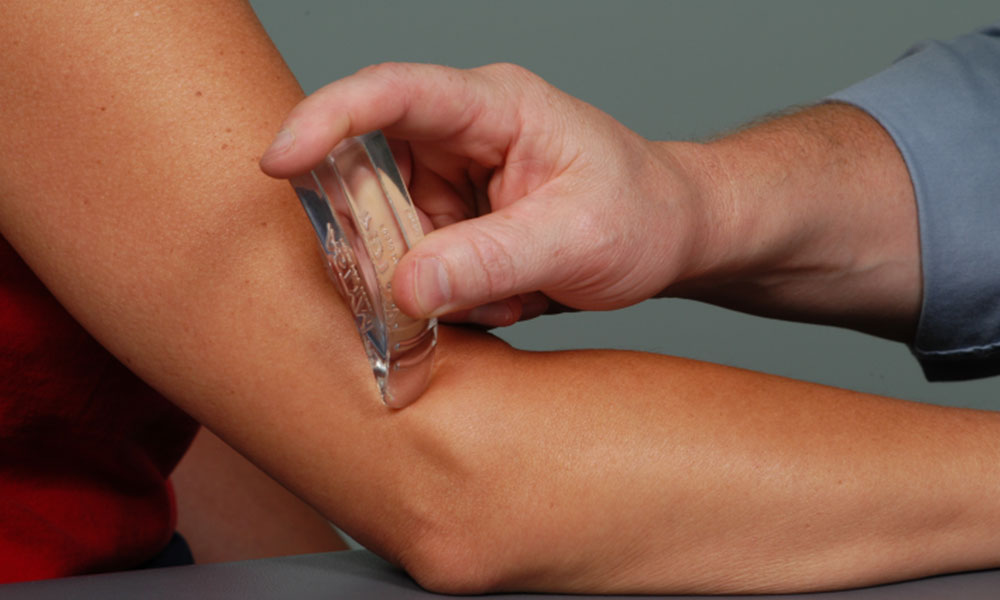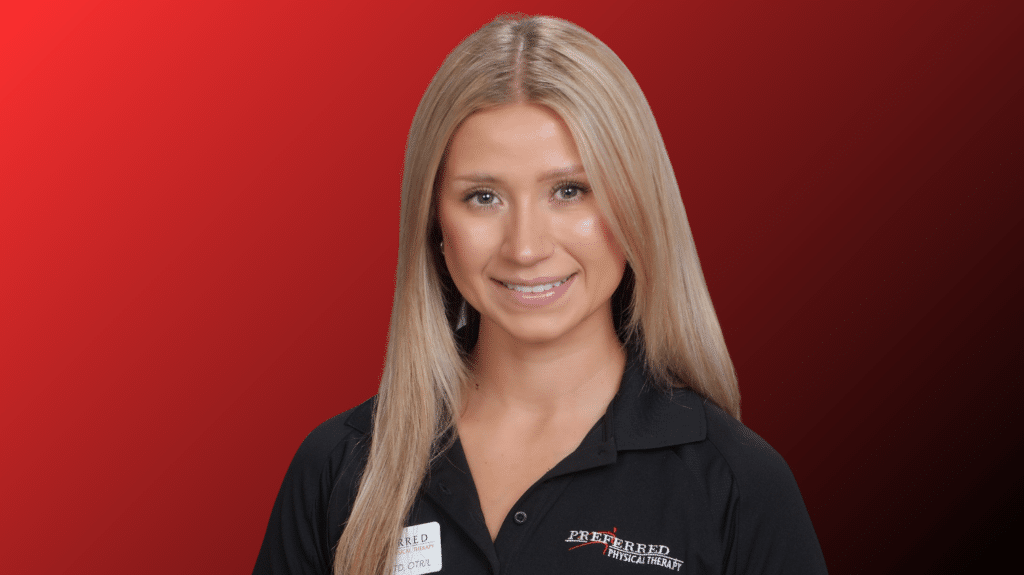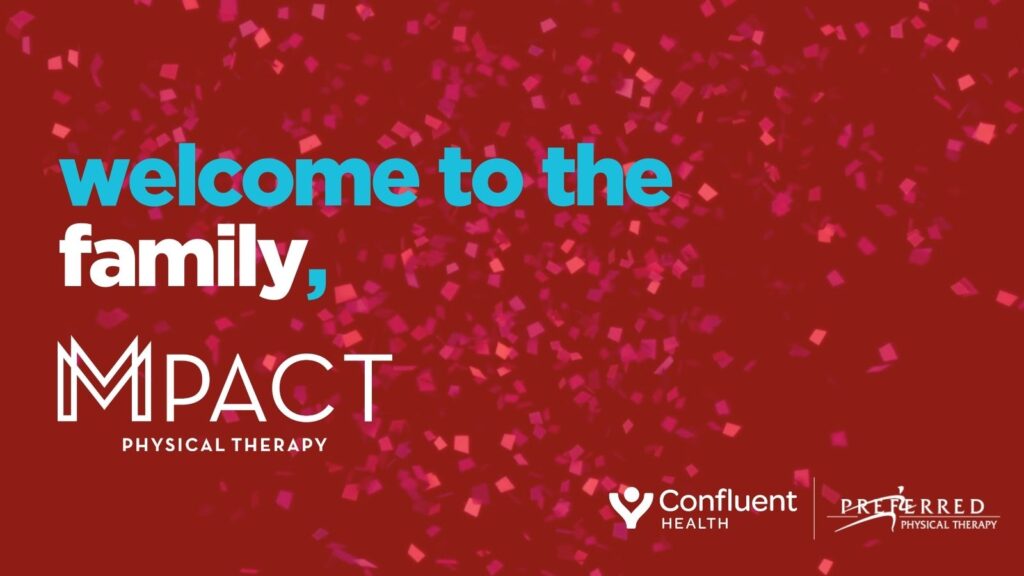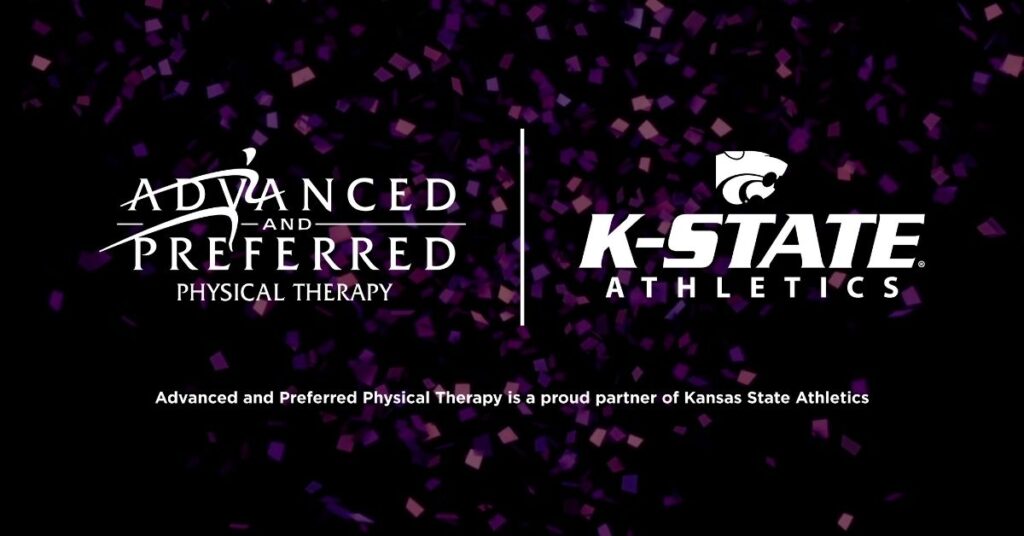The Benefits of ASTYM Therapy After Surgery
Why should patients seek out an outpatient physical therapy clinic that offers ASTYM? After surgery patients will typically receive an order for outpatient therapy from their surgeon or doctor. This order can be started any time from a couple of days to a few weeks after the surgery is completed. At this time, patients may have noticed some improvements in their ability to move the body part that was operated on and a reduction in pain associated with movement; however, their body is still healing and as the body heals it creates scar tissue to close the wound.
This is a regular part of the healing process but if we allow the body to produce this tissue without appropriate treatment, it can lead to decreased range of motion, reduced functionality, and in some cases can lead to manipulation under anesthesia, or in rare, more severe cases, revision surgery. By attending physical therapy and receiving ASTYM along with other treatments, these patients are taking the necessary steps to increase the chances of a successful surgery, a better quality of life, and reducing the possibility of further, unnecessary, hospital visits.
What is ASTYM and how does it work? ASTYM is a soft tissue technique that works to improve the healing process for muscles, tendons, and skin that have been impaired by trauma, injury, or surgery. ASTYM enhances the healing process through micro-trauma. This micro-trauma is stimulated by the tools that the therapist uses to rub along the tissue and is similar to the micro-trauma that occurs in muscles during resistance or strength training. This trauma increases the amount of blood that goes to the treated area, bringing with it all the nutrients required to start rebuilding healthy tissue in the affected area. Next, the physical therapist will provide the patient with specific stretches and strengthening exercises designed to control the direction and length of the new tissue, to allow for a functional range of motion and strength.
What does the research say? There are several quality research articles that all come to the same conclusion. Patients that have had surgery, or any soft tissue injury that received ASTYM therapy have better outcomes and function at the end of their physical rehabilitation than those that received a standard of care protocol or exercise alone. In a study conducted by Sevier and Stegink-Jansen, they found that 83.6% of patients treated with ASTYM for elbow tendinopathy, met resolution criteria for their condition. Meanwhile, only 40.9% of patients treated with exercise alone met resolution criteria.1 In a study looking at the benefits of ASTYM in combination with other modalities in patients after their first total knee replacement, conducted by McGinn, Chughtai, Bhave, et al. they found that only 2% of the patients treated with ASTYM required manipulation under anesthesia as compared to the standard of care group, in which, 13% of patients received manipulation under anesthesia2.
In a second study that looked into the benefits of ASTYM in patients that had received a manipulation under anesthesia after a total knee replacement found that there was a “significantly higher proportion of patients who achieved an optimal ROM in the IMMPT cohort compared to those who were in the standard group”.3 This study also found that the patients who received ASTYM therapy had an average knee flexion range of motion of 116 degrees compared to those that didn’t, who had an average of 106 degrees3. That correlates to better function of the knee when it comes to activities such as stepping over obstacles that might cause the patient to fall or even just walking up a flight of stairs without catching their foot on a step.
To further illustrate the benefits of ASTYM therapy, a study conducted by Davies, Brockopp, and Moe, studied the benefits of this treatment in patients following a mastectomy. They found that the women in this study were able to improve their ability to move their arm out in front of them by 17 degrees, and out to their side by 19 degrees4. This essentially means that these women went from not being able to reach into their cabinets for dishes and needing to ask for help, to being able to be more independent and able to perform everyday overhead tasks better. This study also found that these women had significantly improved their outcome measure scores, and more importantly their clothing tolerance.4 Meaning that they were able to wear their normal clothes without experiencing pain or irritating sensations.
The final study that will discuss was conducted by Kivlan, Carcia, Clemente, Phelps, and Martin. They studied the effects of ASTYM therapy on muscle strength and found that patients who received ASTYM therapy increased their maximum force output of the leg immediately following treatment by an average of 15% compared to those that received the control or placebo treatments, which demonstrated a 1% and 6% decrease5. In conclusion, patients who have had a surgery or trauma benefit from seeing a physical therapist that is skilled in ASTYM therapy. By doing so, these patients significantly reduce their risk of needing more treatments after surgery and increase their chances of better overall function of the injured body part, in a manner that allows for quicker strength return and greater range of motion in the long run. Thank you for reading this post, I hope you found it helpful and informative. If you have questions about ASTYM therapy you can search my resources below, ask your doctor, or call any Advanced or Preferred Physical Therapy clinic, as all their physical therapists are certified ASTYM practitioners.
References
1. Sevier TL, Stegink-Jansen CW. Astym treatment vs. eccentric exercise for lateral elbow tendinopathy: a randomized controlled clinical trial. PeerJ. 2015;3. Doi:10.7717/peerj.967.
2. McGinn T, Chughtai M, Bhave A, et al. Innovative Multi-Modal physical Therapy Reduces Incidence of Manipulation Under Anesthesia (MUA) in Non-Obese Primary Total Knee Arthroplasty. Orthopaedic Surgery: Surgical Technology International XXIX: 328-333.
3. Chughtai M, Mcginn T, Bhave A, et al. Innovative Multimodal Physical Therapy Reduces Incidence of Repeat Manipulation under anesthesia in Post-Total Knee Arthroplasty Patients Who Had an Initial Manipulation under Anesthesia. The Journal of Knee Surgery. 2016;29(08):639-644. Doi: 10.1055/s-0036-1592339.
4. Davies C, Brockopp D, Moe K. Astym therapy improves function and range of motion following mastectomy. Breast Cancer: Targets and Therapy. 2016:39. Doi:10.2147/bctt.s102598.
5. Kivlan BR, Carcia CR, Clemente FR, Phelps AL, Martin RL. The effect of Astym Therapy on muscle strength: a blinded, randomized, clinically controlled trial. BMC Musculoskeletal Disorders. 2015;16(1). Doi:10.1186/s12891-015-0778-9.




